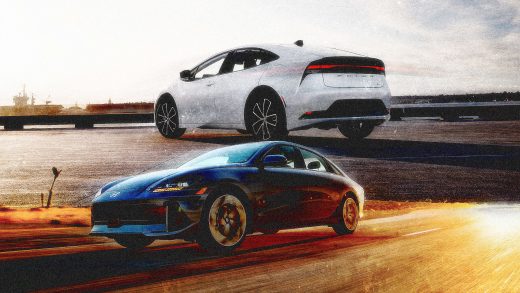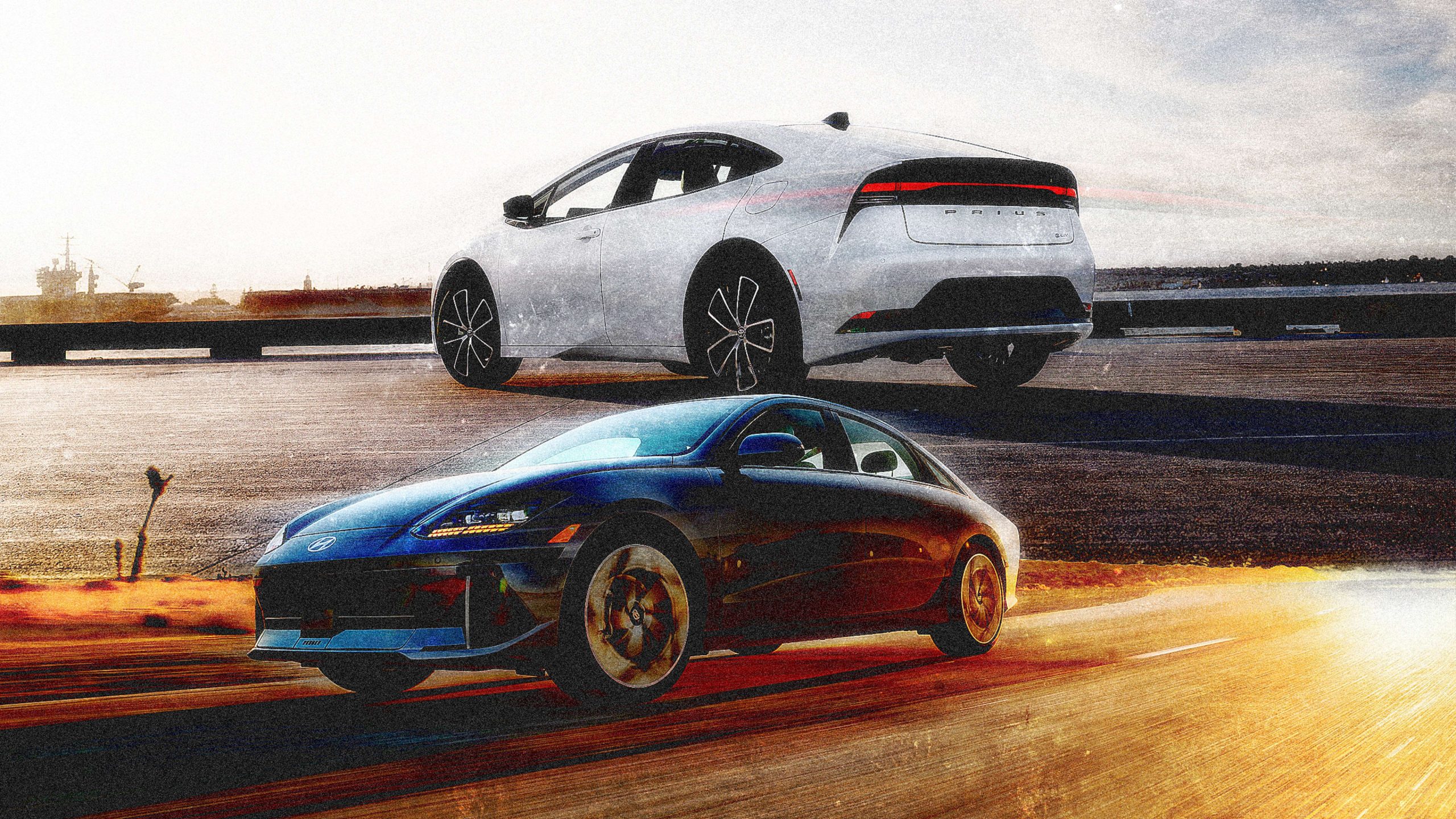Hybrid cars have never been more boring—or more popular
March 21, 2024
Hybrid cars have never been more boring—or more popular
Hybrid car design has become a stepping stone and a gateway drug for the EV curious.
When the concept of the hybrid gas-electric car first entered the general consciousness, it came in the weird, sort of dorky form of the 2004 Toyota Prius. When it was released, the Prius immediately became the head-turning car of the moment. Shaped vaguely like the blunted nub of an old crayon, the Prius was neither sedan nor SUV nor any other type of car most consumers were familiar with at the time.
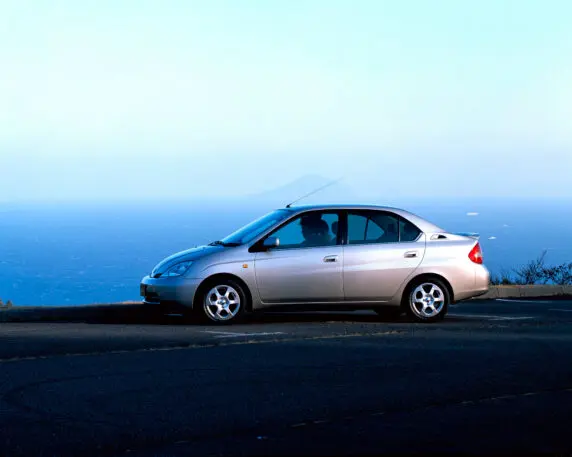
The car was an update to the original Prius, which launched in Japan in 1997 and in the U.S. in 2000. By comparison, the 2004 Prius looked more like a space station escape pod than a part of the morning commute. It was the kind of car people would see driving by and say, “What is that thing?”
Which is exactly what Toyota wanted.
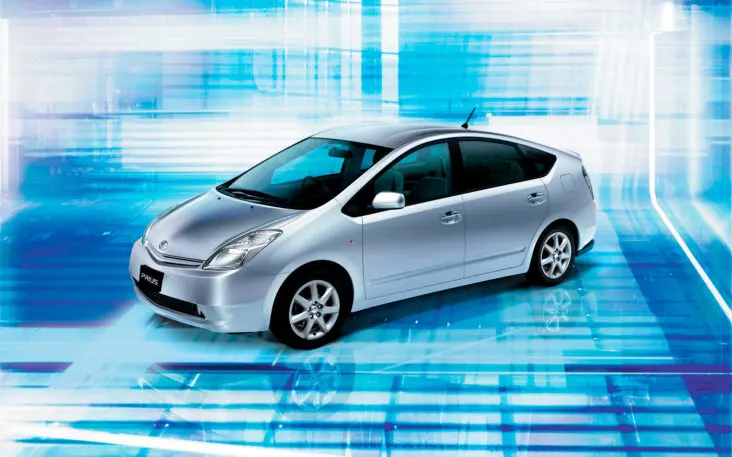
“It was really one of the first mass-market hybrids. There was an attempt to have some different messaging about that car,” says Kevin Hunter, president of Calty Design Research, the Toyota studio that designed the first Prius. “There were a lot of good reasons to set it apart from ICE [internal combustion engine] models.” ABOUT THE AUTHOR Nate Berg is a staff writer at Fast Company, where he writes about design, architecture, urban development, and industrial design. He has written for publications including the New York Times, the Los Angeles Times, the Atlantic, Wired, the Guardian, Dwell, Wallpaper, and CurbedHybrid cars as a gateway drug
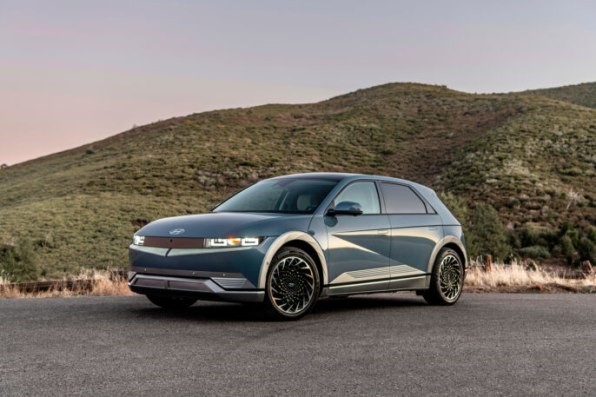
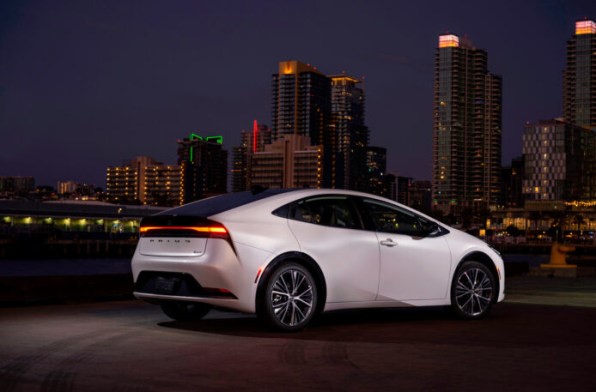
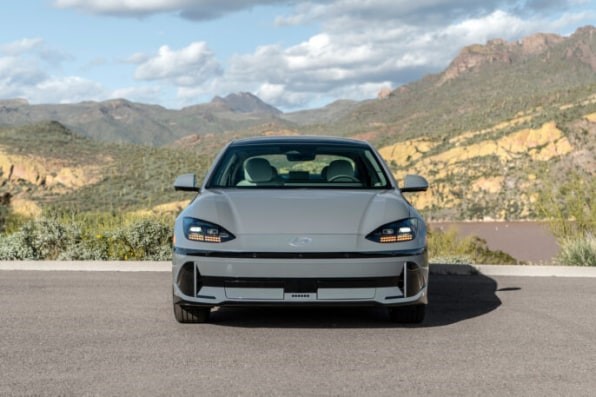
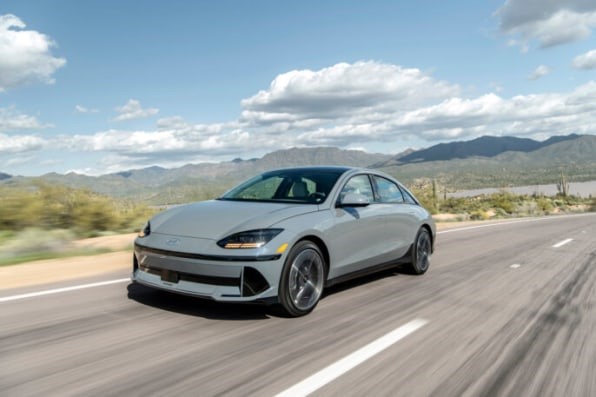
Radical design, both outside and inside
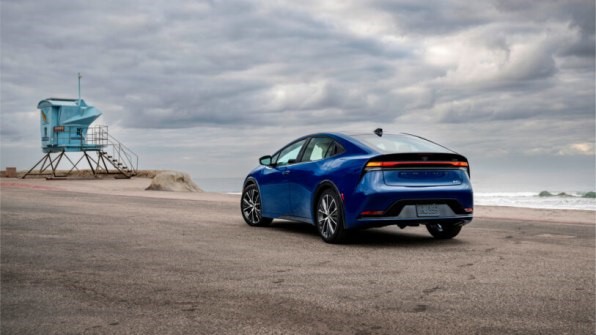
(5)

